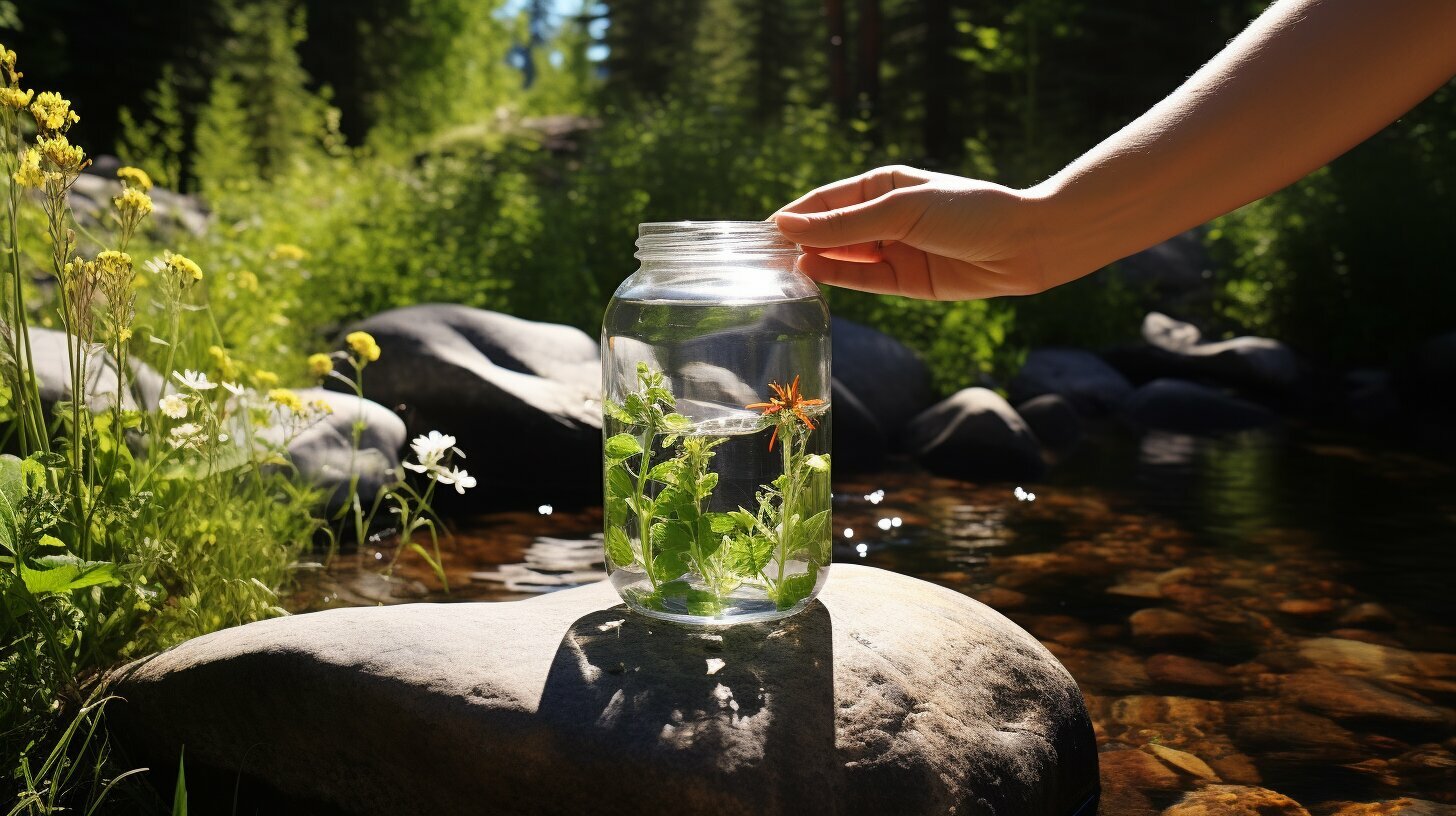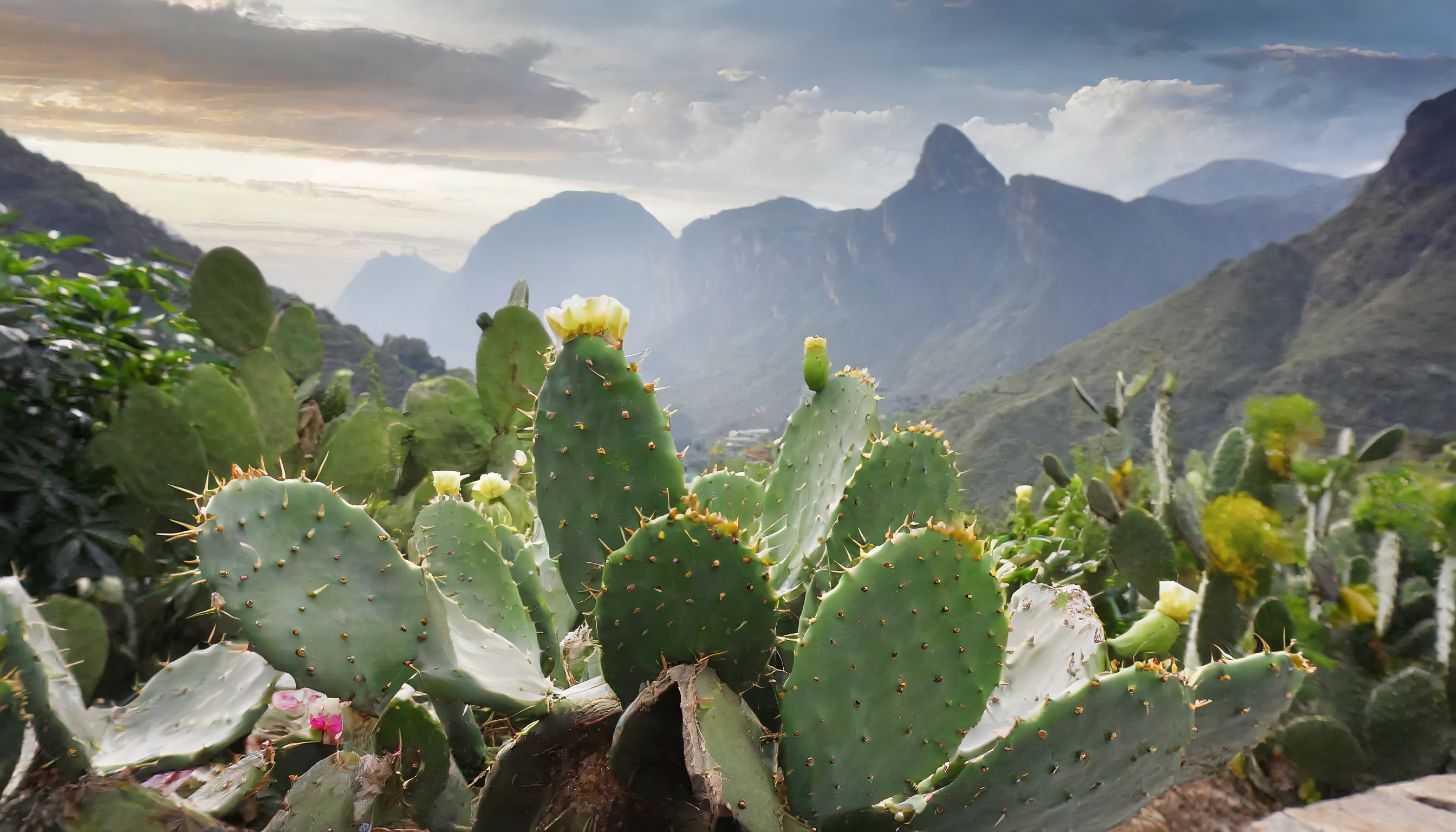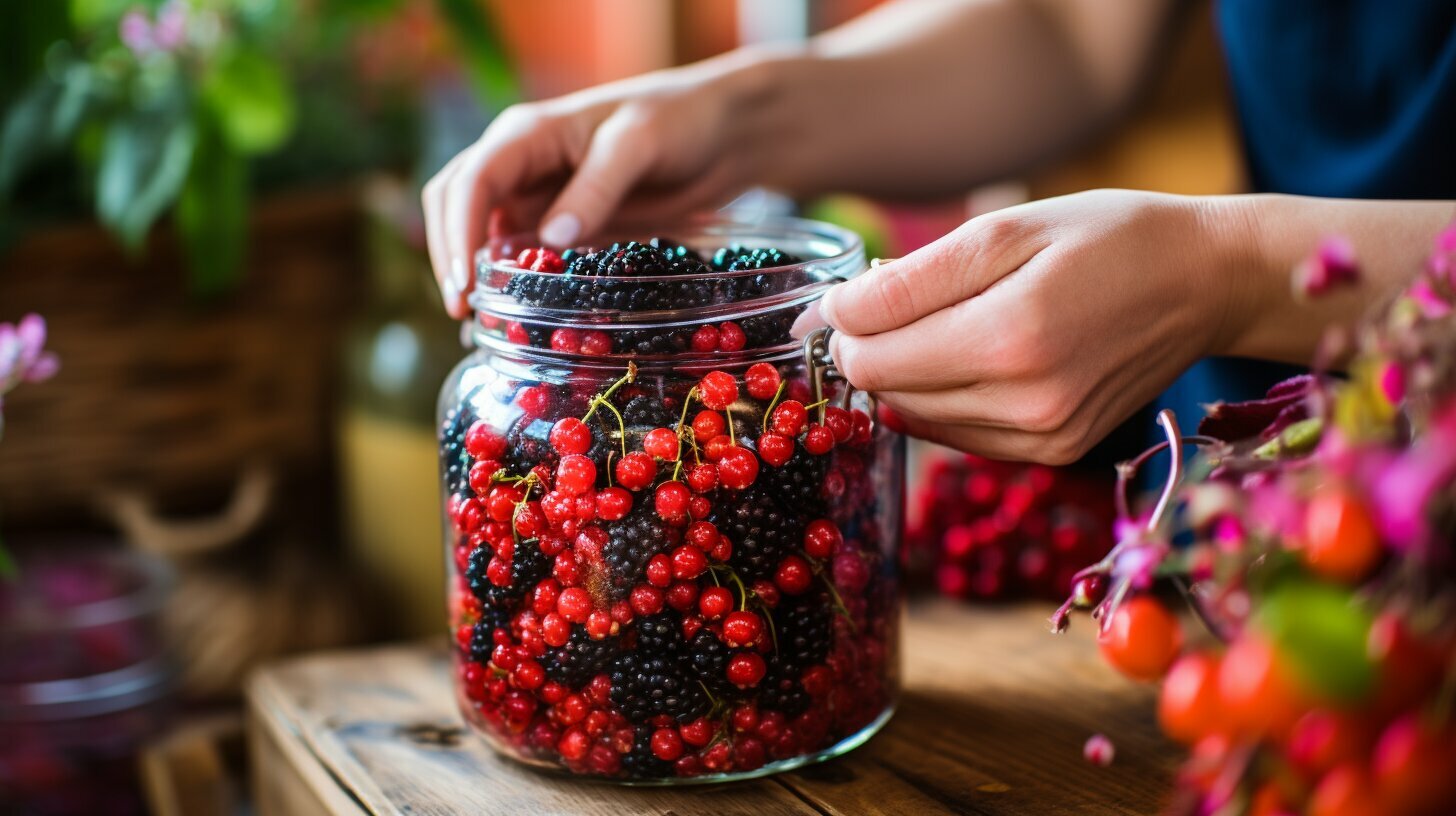When you’re out in the wilderness, access to clean and safe drinking water is essential. Unfortunately, natural sources of water in the wild are often contaminated with harmful bacteria, viruses, and parasites. Consuming these contaminants can lead to serious health problems, such as diarrhea, vomiting, and dehydration, which can be life-threatening. That’s why it’s crucial to know how to purify water in the wild.
Whether you’re camping, hiking, or backpacking, mastering the art of purifying water in the wild is a necessary skill. In this section, we’ll explore the essential techniques and skills required to ensure a clean and safe water source in outdoor settings. You’ll learn about different purification methods and tools, as well as tips and tricks to help you stay hydrated and healthy in the wild.
Key Takeaways
- Purifying water in the wild is essential for your health and survival
- Contaminated water can lead to serious health problems such as dehydration and diarrhea
- Boiling, filtering, chemical treatments, UV purification, and portable purification systems are different methods for purifying water in the wild
- Assessing water sources in the wilderness and understanding the importance of hydration are crucial skills for outdoor enthusiasts
- By mastering the art of purifying water in the wild, you can enjoy your outdoor adventures with confidence
Understanding the Importance of Clean Drinking Water in the Wild
When exploring the great outdoors, one of the most vital resources you need is clean drinking water. Without access to safe drinking water, you risk dehydration, which can be fatal in extreme situations. Consuming untreated water in nature also exposes you to various risks, including illness from bacteria and parasites.
Your body needs water to function properly, especially in the wilderness, where your physical activity level is typically higher. Even in cooler temperatures, you can still lose fluids through sweating and breathing. Therefore, it is essential to understand how to find, assess, and purify water sources in the wild.
Disclosure: When you buy through links on our site, we may earn an affiliate commission.
When drinking untreated water in nature, you put yourself at risk of contracting waterborne illnesses such as cholera, dysentery, and giardiasis. These illnesses can cause symptoms such as diarrhea, vomiting, and fever, which can be severe and life-threatening if not treated promptly.
As such, it is crucial to know how to purify natural water sources in the wild to remove any harmful substances that may be present. In the following sections, we will explore different methods of purifying water in the wild, including boiling, filtering, using chemical treatments, and UV purification methods.
By learning how to purify water in the wild, you can stay hydrated and healthy, allowing you to enjoy your outdoor adventures with confidence.
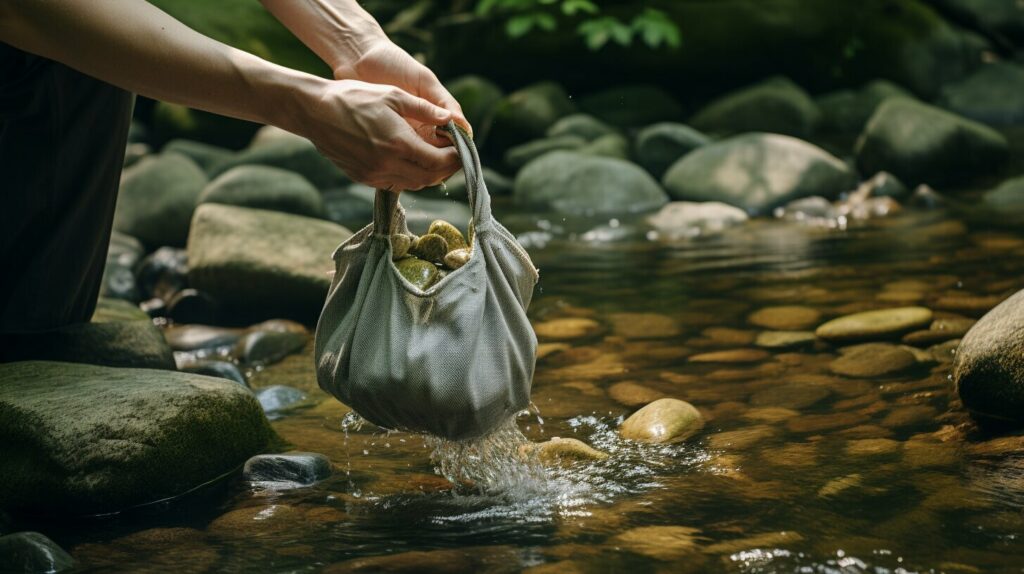
Assess Water Sources
When it comes to purifying water in the wild, the first step is always to assess potential water sources. Not all sources of water are suitable for consumption, so it is essential to be aware of the factors to consider, including the presence of contaminants and accessibility of the water source.
The good news is that natural water filtration techniques are available. One option is to use sand, gravel, and charcoal to filter the water. These materials trap pollutants and impurities and leave the water clean and safe to drink. Another option is to use plants, such as cactus, to extract water from the ground. However, not all plants are safe to consume, so it is essential to research and identify the right plants for water extraction.
If no natural water filtration options are available, you can use wilderness water treatment options such as purification tablets or drops, which kill bacteria and viruses.
Remember, always assess water sources carefully before deciding to consume any water. Even if the water looks clean, it may still contain harmful contaminants that could make you sick. By taking the time to assess water sources and using natural water filtration techniques, you can ensure a safe and reliable source of clean drinking water in the wilderness.
Boiling Water: The Oldest and Most Reliable Method
When it comes to wilderness water purification methods, boiling water is the most traditional and reliable way to purify water in the wild. Boiling water for at least 5 minutes kills harmful bacteria, viruses, and parasites that may cause waterborne illnesses.
To boil water, start by filtering it through a clean cloth or using a water filter to remove any debris or sediment. Then, heat the water to a rolling boil for at least 5 minutes. If at high altitudes, increase the boiling time to 7 to 10 minutes to ensure complete purification.
One of the benefits of boiling water is that it does not require any additional equipment, and it is a cost-effective method. However, it has its limitations, such as the time and fuel needed to boil water, especially if you have a large group or need water frequently.
It is also vital to store boiled water in a clean container or bottle to prevent recontamination. You can use water bottles made of durable materials, such as stainless steel, to store boiled water safely.
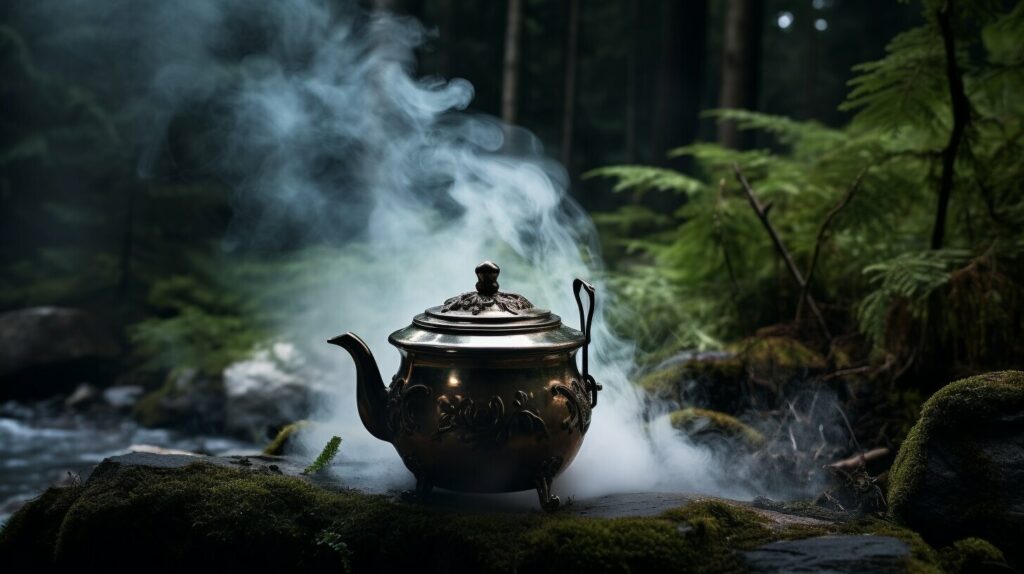
If you find yourself in a situation where boiling water is not possible, such as during a hike or emergency, you can also use chemical treatments or portable water filtration systems to ensure safe drinking water. We will explore these options in the following sections.
Filtering Water: Removing Impurities
When it comes to wilderness water purification methods, filtering is a popular and effective way to ensure clean and safe drinking water. Natural water filtration techniques include using gravity, pressure, and absorbent materials to remove impurities from water. There are also various portable water filters available on the market, each with its own unique features and capabilities.
One common type of water filter uses activated carbon, which is a natural material that attracts and absorbs contaminants from water. Another type of filter uses ceramic or glass fiber membranes that physically block out impurities. Some filters even combine multiple methods for maximum effectiveness.
When choosing a water filter, consider factors such as the size and weight of the filter, its flow rate, and the type of contaminants it can remove. Portable filters are typically lightweight and compact, making them perfect for outdoor adventures. Some are even designed to attach to water bottles or hydration packs for easy use on-the-go.
It’s essential to maintain and clean your filter regularly to ensure its effectiveness. Follow the manufacturer’s instructions for cleaning and replacement, and be aware that filters can become clogged over time, reducing their performance.
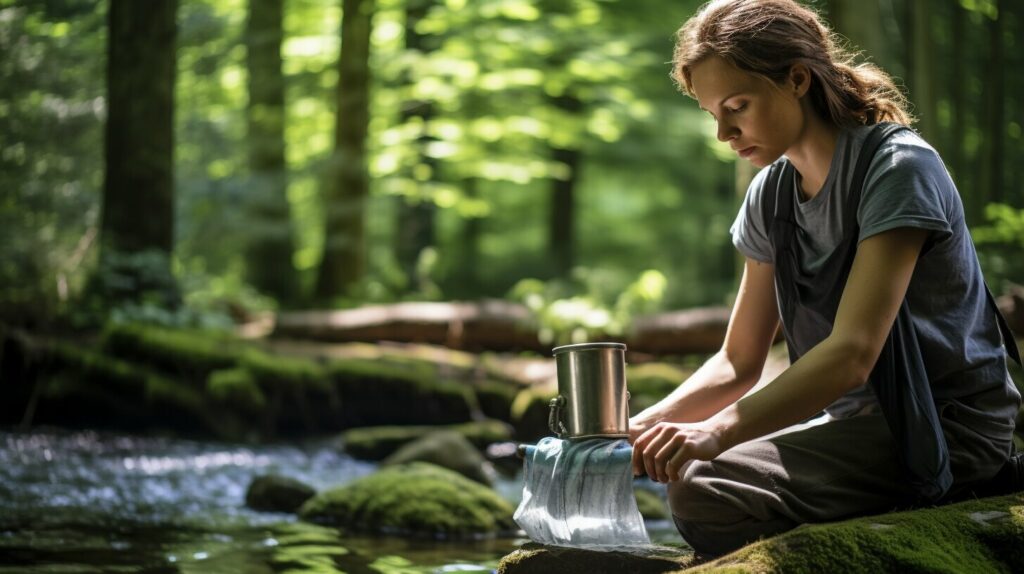
Overall, filtering is a reliable and convenient method for purifying water in the wilderness. Whether you’re using a natural filtration system or a portable filter, it’s important to understand how each filter works and how to properly maintain it. With the right equipment and knowledge, you can ensure a safe and refreshing source of hydration while enjoying the great outdoors.
Using Chemical Water Treatments
Chemical water treatments are a popular and effective way of purifying untreated water in nature. To decontaminate wild water, you can use chlorine tablets, iodine solutions, or other similar treatments. These treatments work by killing bacteria, viruses, and other harmful organisms in the water.
One of the major advantages of chemical water treatments is their convenience and portability. They are easy to carry and pack, making them a perfect option for backpackers and hikers. They are also relatively inexpensive and widely available.
However, it’s important to note that chemical water treatments do have some limitations. They may not completely remove all types of contaminants, and residual chemicals may affect the taste and odor of the water. They may also take some time to work, depending on the specific treatment used and the water conditions.
When using chemical water treatments, always follow the instructions carefully and use them in the recommended doses. Also, be aware of the potential side effects, especially if you have any allergies or medical conditions.
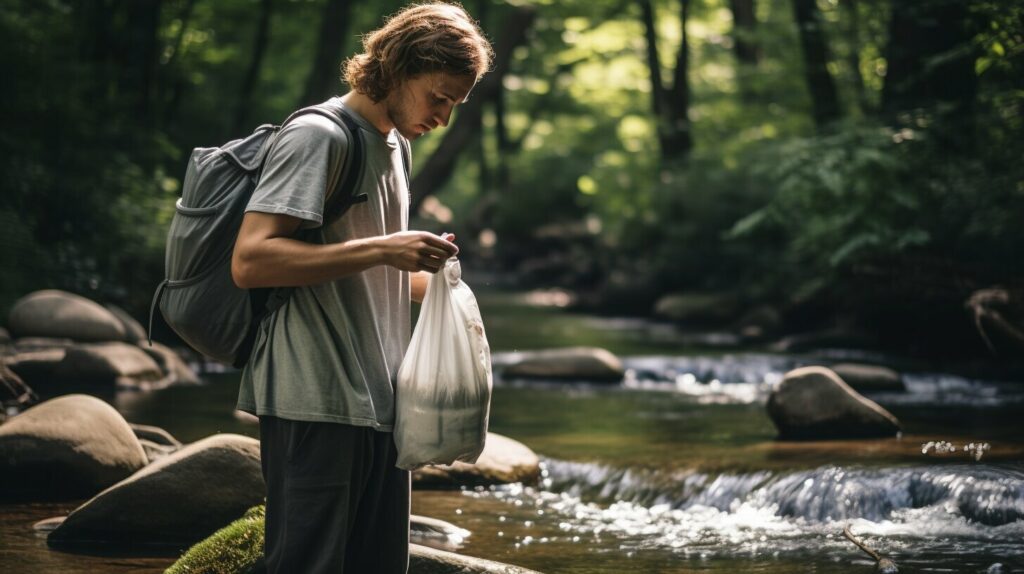
UV Water Purification: Harnessing the Power of Light
When it comes to wilderness water treatment options, UV water purification is a relatively new method that has gained popularity in recent years. UV light is a form of electromagnetic radiation that has been proven to effectively kill bacteria, viruses, and other harmful organisms found in natural water sources.
Portable UV water purifiers are designed to be used in outdoor settings, providing a convenient and efficient way to purify water on the go. These devices are battery-operated and use UV-C light to destroy harmful microorganisms, making water safe to drink within seconds.
One of the main benefits of using UV water purification is that it does not alter the taste or smell of water, unlike other chemical treatments. It is also a relatively quick method, taking only a few minutes to purify a small amount of water.
It is worth noting that UV purification is not effective against all contaminants, such as sediment and heavy metals. Therefore, it is essential to assess water sources carefully and use other filtration methods, such as a water filter or boiling, in conjunction with UV treatment if necessary.
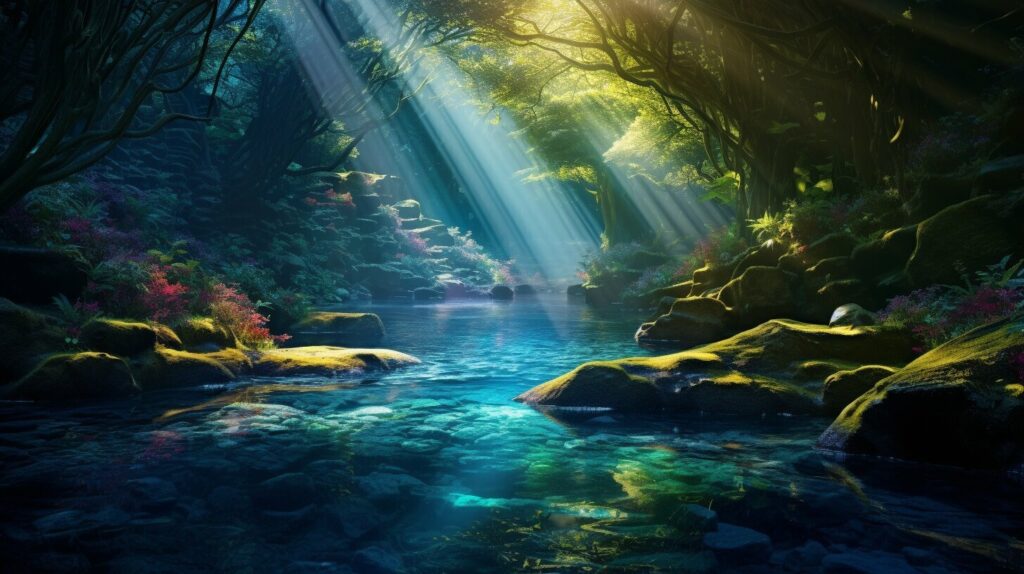
When using a portable UV water purifier, it is crucial to follow manufacturer instructions carefully to ensure proper use and maximum effectiveness. Most devices require a certain amount of water to be exposed to the UV light for a specific period, usually around 90 seconds.
Additional Tips for UV Water Purification
- Always carry spare batteries or a portable power bank to ensure your UV purifier is always ready to use.
- Keep your UV purifier clean and store it in a protective case to prevent damage or contamination.
- UV purifiers work best in clear water, so if the water is cloudy or murky, it will not be as effective.
Overall, UV water purification is an excellent option for clean water in outdoor settings. When used correctly, it can quickly and effectively eliminate harmful organisms and provide safe drinking water in the wild.
Using Portable Water Purification Systems
When it comes to wilderness water treatment options, portable water purification systems are a convenient and efficient solution. These systems are designed to remove impurities from untreated water, making it safe to drink. Whether you’re camping, hiking, or traveling in remote locations, having a reliable water purification system can give you peace of mind and keep you hydrated.
There are several types of portable water purification systems to choose from, each with its unique features and benefits. Water filters are the most common type, and they work by physically removing impurities from the water, such as bacteria, protozoa, and sediment. Some filters also use activated carbon to improve the taste and odor of the water.
Water purifiers, on the other hand, use a combination of filtration and chemical treatments to remove impurities. They are often more effective than filters, as they can also remove viruses from the water. However, they may not be as convenient to use, as they typically require batteries or a power source to operate.
Combination systems are another option, offering both filtration and purification capabilities in one unit. They can be more expensive than single-purpose filters or purifiers, but they are also more versatile and can handle a wider range of water sources.
When choosing a portable water purification system, consider your specific needs and the type of water you will be treating. Look for systems that are easy to use, lightweight, and durable. Read reviews and product descriptions carefully to ensure you are choosing a reliable system that will meet your needs.
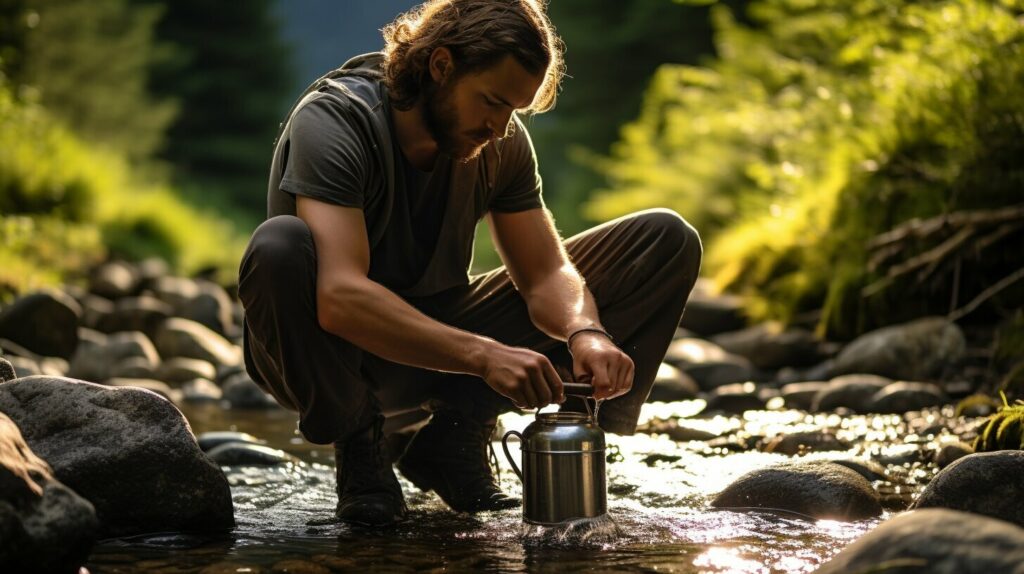
Remember that even with a portable water purification system, it is still important to assess water sources and choose the cleanest and safest option available. Always follow the manufacturer’s instructions for use and maintenance, and replace filters or cartridges as recommended.
Clean Drinking Water in the Wild
When camping or adventuring in the great outdoors, having access to clean drinking water is essential. Below are some additional tips to help you purify water while camping or in other outdoor settings:
- Bring backup purification methods: While boiling, filtering, or using chemical treatments are effective methods for purifying water, it’s important to have backup options in case your primary method fails or is not available. Consider bringing multiple purification methods and extra supplies in case of emergency.
- Store purified water properly: Once water has been purified, it’s important to store it properly to prevent any contamination. Use clean containers with tight-fitting lids and label them with the date of purification.
- Choose water sources carefully: When possible, choose natural water sources that are moving, such as streams or rivers. Avoid stagnant water sources, as they are more likely to contain harmful bacteria and parasites.
- Test water sources: If you’re unsure about the quality of a water source, consider testing it with a water testing kit. This can provide valuable information about potential contaminants and help you determine the best purification method.
- Stay informed about local conditions: Different regions and seasons can have varying water quality and risks. Stay informed about local conditions and potential hazards to ensure you’re properly prepared.
By following these additional tips, you can ensure that you have access to clean and safe drinking water in the wild.
When you’re in the wild, safe drinking water is crucial to your survival. But it’s not just about finding water – you need to ensure that it’s clean and safe to drink. Here are some guidelines to help you stay hydrated and healthy:
The Importance of Safe Drinking Water
In the wild, there are many potential risks associated with drinking untreated water. You might be exposing yourself to harmful bacteria, viruses, and other contaminants that can lead to serious health issues. That’s why it’s important to purify any water you come across, whether you’re camping, hiking, or exploring.
- Drink water frequently to prevent dehydration
- Avoid drinking water from sources that are stagnant or discolored
- Don’t assume that clear water is safe to drink – always purify it first
Guidelines for Water Consumption
It’s important to drink enough water to keep your body hydrated and functioning properly. This is especially true in the wild, where you might be exerting more energy and sweating more than you normally would. Here are some tips to help you stay hydrated:
- Drink at least eight cups of water per day
- If you’re sweating a lot, drink even more water to replace lost fluids
- Don’t wait until you’re thirsty to drink water – that may be a sign of dehydration
Remember, staying hydrated is essential for your health and well-being in the wild. By following these guidelines and purifying any water you come across, you can ensure a safe and enjoyable outdoor adventure.
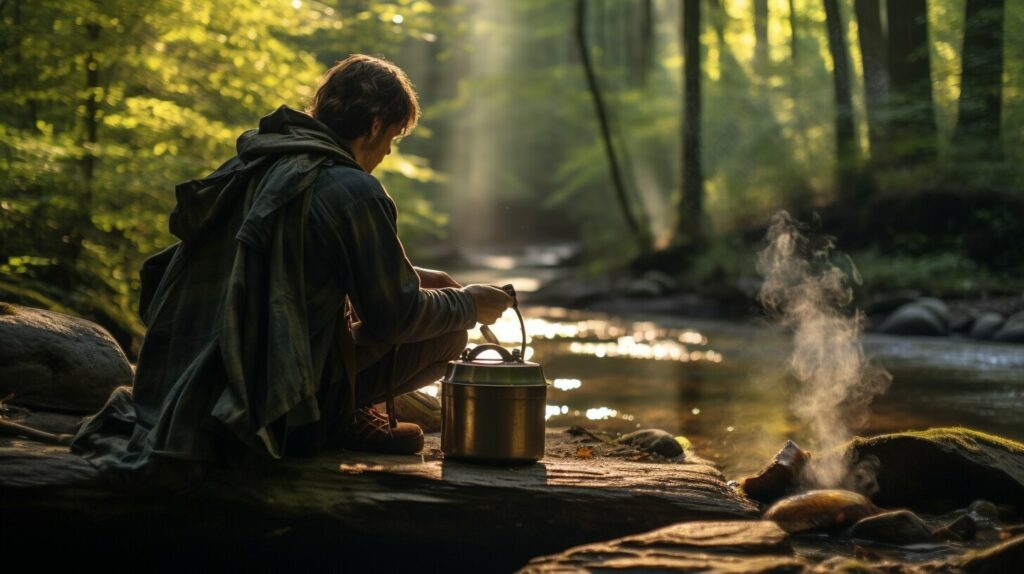
Conclusion
Now you know how to master the art of purifying water in the wild. By understanding the importance of clean drinking water in the wilderness, assessing water sources, and learning about different purification methods, you can ensure a reliable source of safe drinking water no matter where your adventures take you.
Boiling water is the oldest and most reliable method, but there are also filtering systems, chemical treatments, UV water purification, and portable water purifiers available. Remember to stay hydrated and consume enough water, especially in the hot and dry climate of the wilderness.
There are additional tips to keep in mind, such as alternative purification methods, proper storage techniques, and precautions to take. Always be prepared and equipped with the right tools and resources to purify water in the wild.
By following these guidelines, you can enjoy your outdoor adventures with confidence, knowing that you have a safe and reliable source of clean drinking water.
FAQ
Q: What is the best method to purify water in the wild?
A: There isn’t a single best method, as it depends on the available resources and circumstances. Boiling water is one of the most reliable methods, but filtering, using chemical treatments, UV purification, and portable water purification systems are also effective options.
Q: Why is it important to purify water in the wild?
A: Purifying water is crucial in the wild because untreated water can contain harmful bacteria, viruses, parasites, and other contaminants that can cause illness. Purification ensures a safe and clean drinking water source, reducing the risk of waterborne diseases.
Q: How can I assess the suitability of a water source in the wilderness?
A: When assessing a water source, consider factors such as the presence of contaminants, accessibility, and the availability of natural water filtration techniques. Look for signs of pollution or stagnant water, and if possible, try to gather information from reliable sources about the quality of the water in the area.
Q: Can boiling water alone remove all impurities?
A: Boiling water is effective in killing most microorganisms, including bacteria, viruses, and parasites. However, it does not remove chemical pollutants or heavy metals. If you suspect the presence of such contaminants, consider additional purification methods, such as filtering or using chemical treatments.
Q: How do water filters work to purify water in the wild?
A: Water filters work by physically trapping and removing impurities from the water. Most filters use a combination of materials, such as activated carbon and micron-sized pores, to block particles and contaminants. This process helps improve the taste, odor, and clarity of the water.
Q: Are chemical water treatments safe to use for purifying water in the wild?
A: Chemical water treatments, when used according to the instructions, are generally safe and effective for purifying water in the wild. However, some individuals may be sensitive to the taste or smell of chemicals like chlorine or iodine. It is advisable to consult a healthcare professional if you have any concerns.
Q: How does UV water purification work in the wilderness?
A: UV water purification systems use ultraviolet light to kill or inactivate microorganisms in the water. The UV light damages the DNA of bacteria, viruses, and parasites, rendering them unable to reproduce and cause illness. Portable UV purifiers are an efficient and chemical-free way to purify water in the wild.
Q: What are the advantages of using portable water purification systems?
A: Portable water purification systems offer convenience and versatility. They are designed specifically for outdoor use and often combine multiple purification methods, such as filtering, chemical treatments, and UV purification. These systems provide an all-in-one solution for ensuring safe drinking water in the wilderness.
Q: Are there any additional tips for purifying water in the wild?
A: Yes, some additional tips include practicing proper hygiene while handling water, using clean containers and equipment, storing purified water properly, and being aware of potential sources of contamination. It is also a good idea to carry backup purification methods in case your primary method fails or is not suitable for certain water sources.
Q: How much water should I drink while in the wild?
A: The amount of water you should drink depends on various factors, such as activity level, temperature, altitude, and individual needs. As a general guideline, aim to drink at least 2 liters (64 ounces) of water per day while in the wilderness. Be mindful of the signs of dehydration and increase your intake accordingly.

